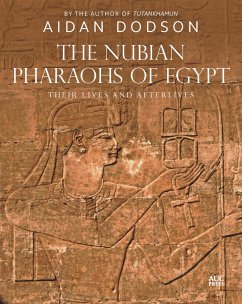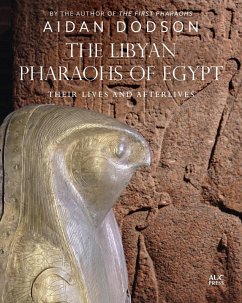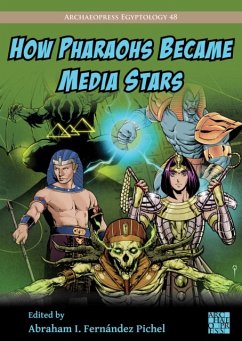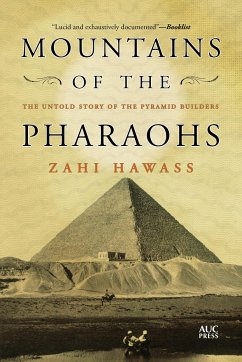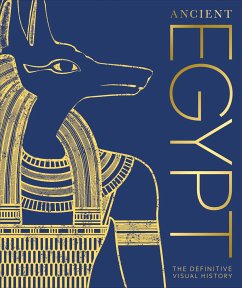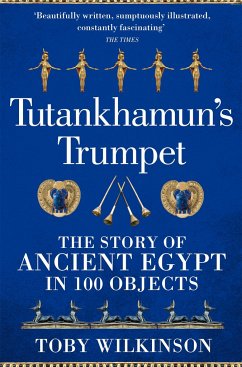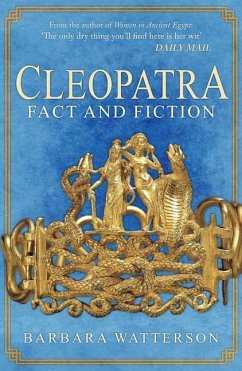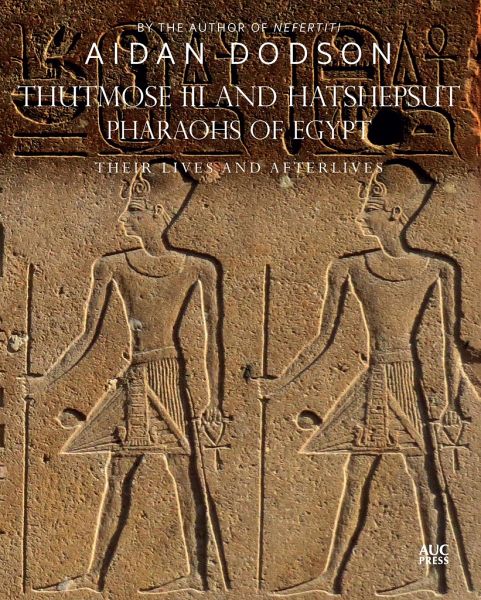
Thutmose III and Hatshepsut, Pharaohs of Egypt
Their Lives and Afterlives
Herausgeber: Dodson, Aidan
Versandkostenfrei!
Versandfertig in über 4 Wochen
31,99 €
inkl. MwSt.

PAYBACK Punkte
16 °P sammeln!
"Thutmose III and Hatshepsut are among the best-known figures in Egyptian history. Thutmose has been called the "Napoleon of ancient Egypt," during whose reign Egypt's armies penetrated deep into northern Syria and consolidated Egyptian dominion over much of Sudan. Hatshepsut, one of the handful of female pharaohs, also took to the battlefield, but is best known today for a great trading expedition, down the Red Sea coast to the mysterious land of Punt. At first, Hatshepsut served simply as regent for her young nephew-stepson Thutmose, but subsequently the two shared the throne of Egypt as co-...
"Thutmose III and Hatshepsut are among the best-known figures in Egyptian history. Thutmose has been called the "Napoleon of ancient Egypt," during whose reign Egypt's armies penetrated deep into northern Syria and consolidated Egyptian dominion over much of Sudan. Hatshepsut, one of the handful of female pharaohs, also took to the battlefield, but is best known today for a great trading expedition, down the Red Sea coast to the mysterious land of Punt. At first, Hatshepsut served simply as regent for her young nephew-stepson Thutmose, but subsequently the two shared the throne of Egypt as co-pharaohs for over a decade. Later, as sole king, Thutmose devoted much of the rest of his life to military matters and large-scale building works, continuing the work of Hatshepsut that created much of the core of the great temple of Karnak. During the very last years of his life, Thutmose launched an attack on the memory of Hatshepsut, with most of her images destroyed. Yet, some four centuries later, Thutmose III and Hatshepsut were still remembered together as great figures of the past, whose conception of pharaonic kingship served as the model for later rulers, into the eighth century BC. This book, illustrated in full color, traces what we know about the lives and times of Thutmose and Hatshepsut, and the monuments they built to guarantee their afterlives. It then explores their posthumous reputations in ancient times, and ends with the story of how the two pharaohs emerged from the mists of time during the nineteenth century AD, to resume their places in history"--



